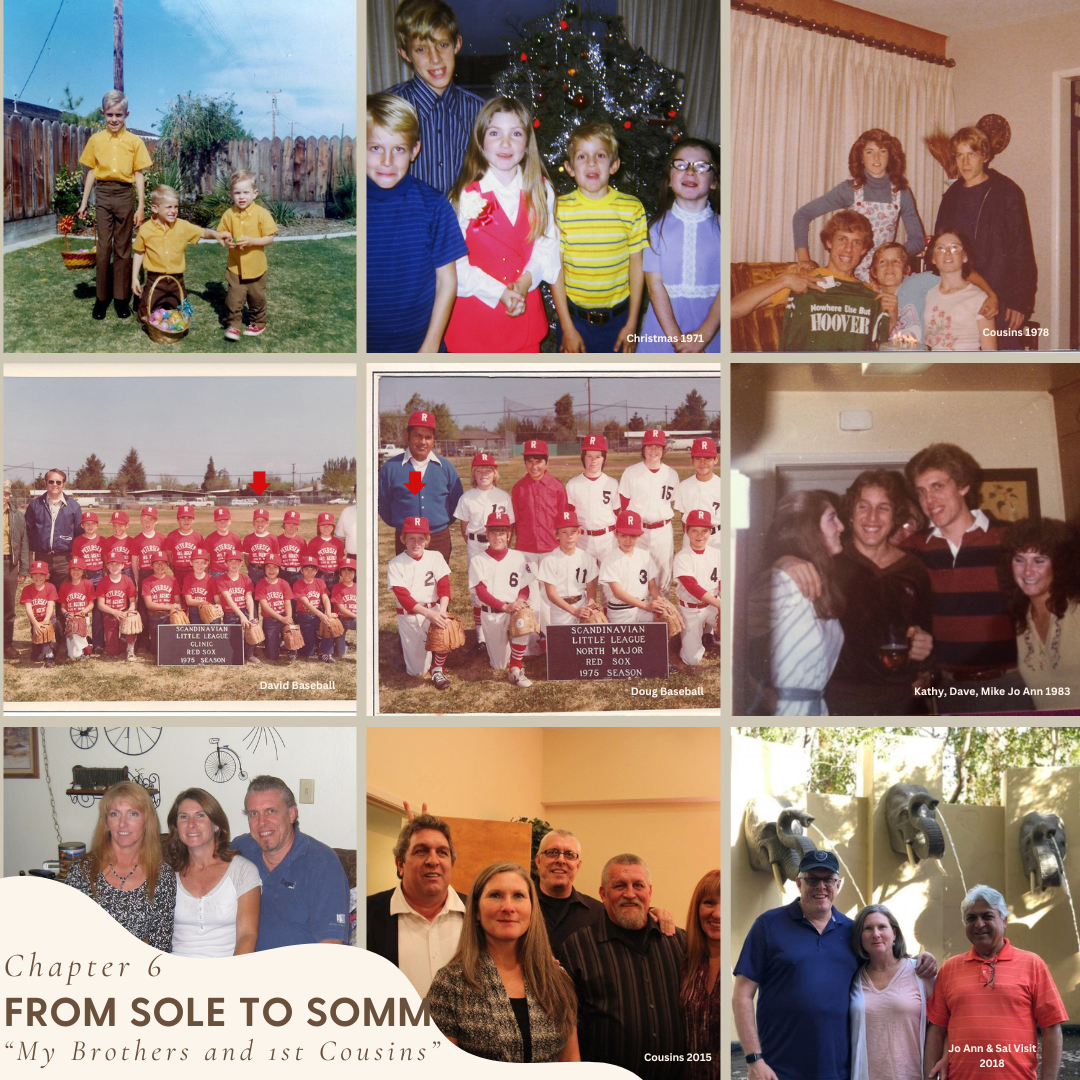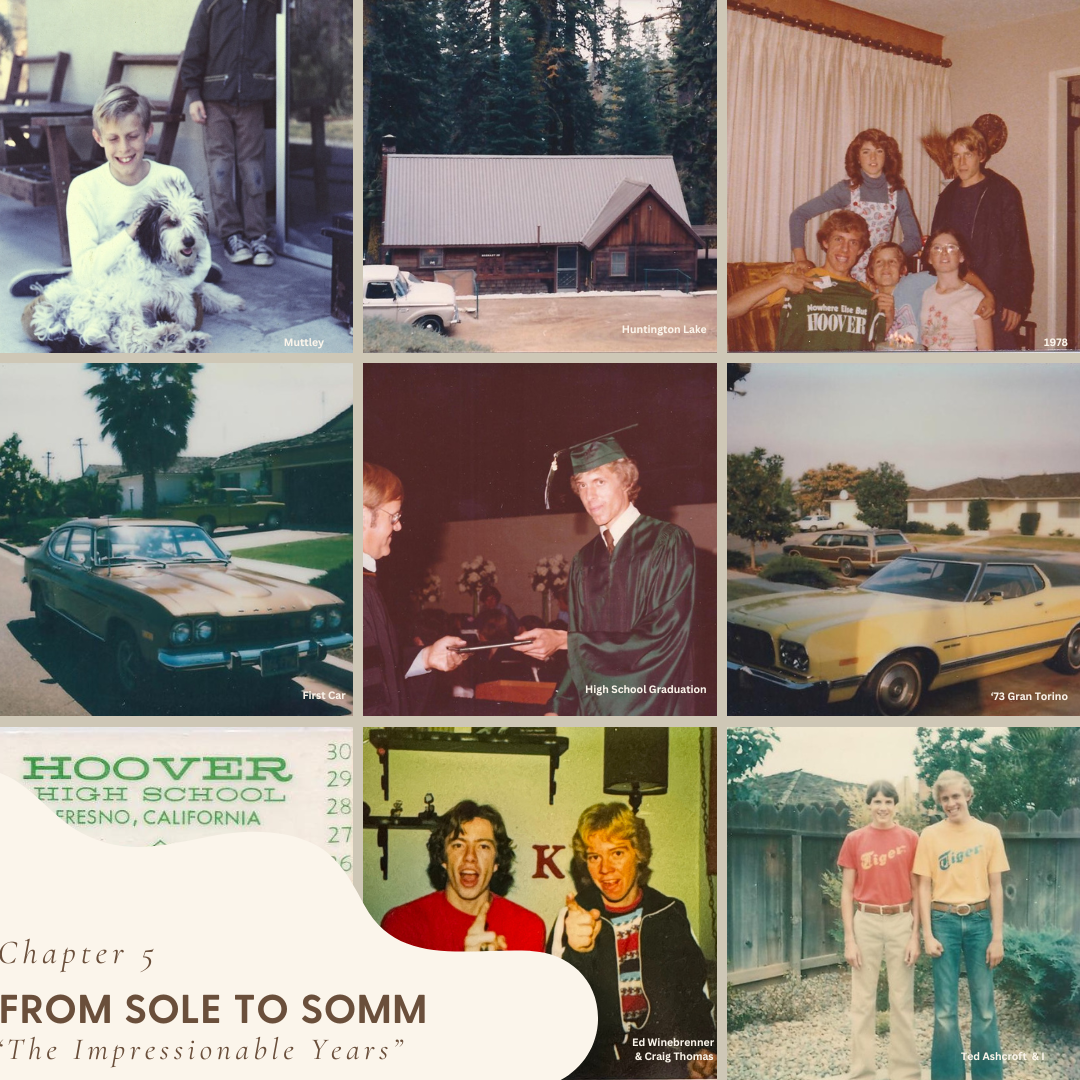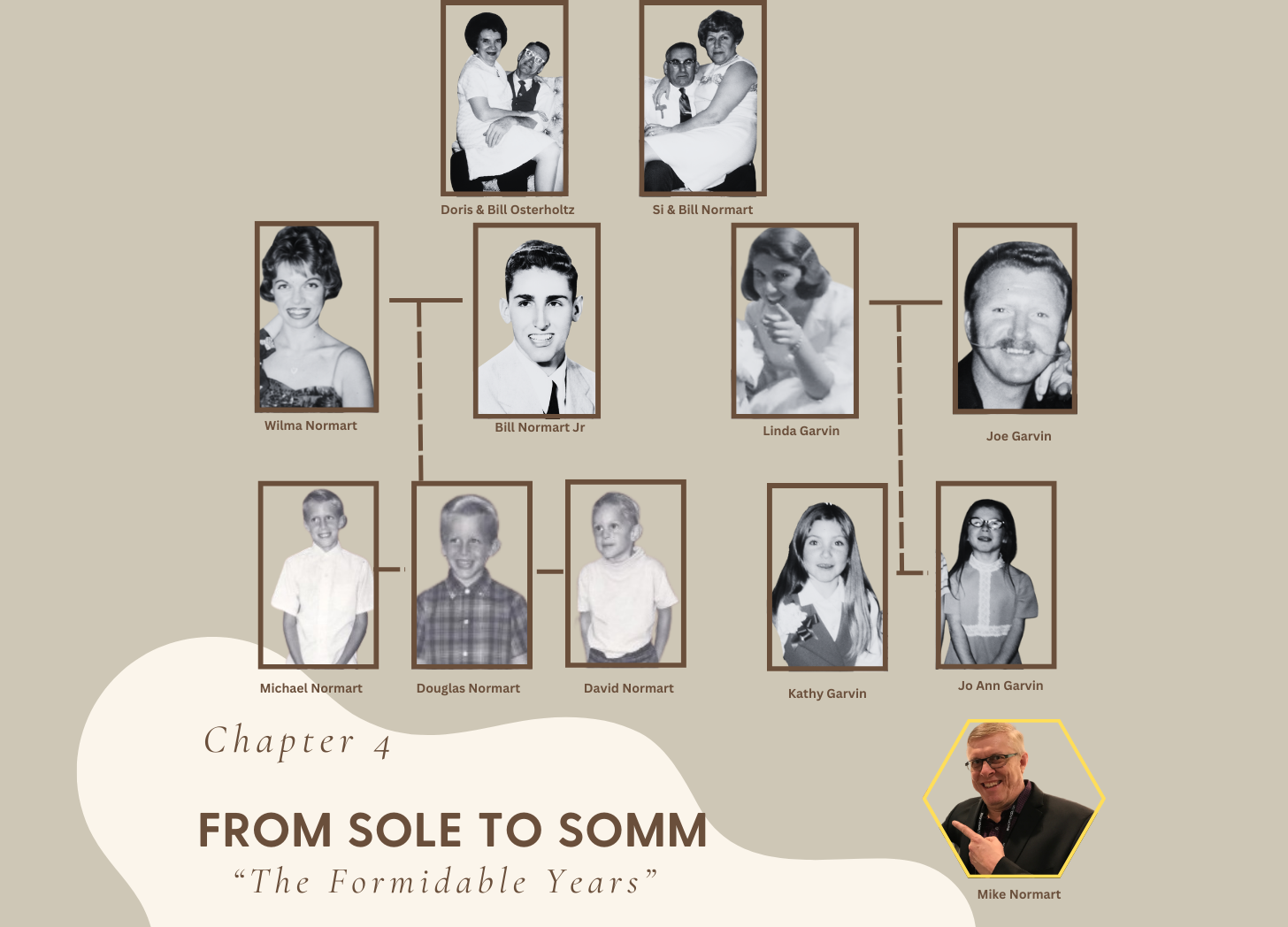Blog #198 I talked about when Zappos moves Headquarters to Las Vegas in 2004. In this blog I want to talk about the Merchandising progression plan begins July 2004
When I first started in 2003 we had 6 buyers in Merchandising. We added Pam, Galen and Michelle because of our rapid growth. With that, Fred challenged us to create a progression plan for Merchandising. He started asking what duties the Assistants would hold if we expanded to more people and positions.
Three of us took on this project and decided we needed multi levels of buying: Merchandising Assistants, Assistant buyers , Buyers and Sr. Buyers. There would also be 3 levels for each except Sr. Buyer which would be the top role. Galen, Jon and myself decided to take on this task. We decided to create a “Merch Manual” that would lay out what the responsibilities would be.
We broke the Merch Manual into 9 sections:
- Org Chart
- Job descriptions for each role
- Daily Responsibilities
- Tools
- Vendor relations
- Getting organized and staying paperless
- Accounting 101
- Retail Math
- Terminologies
Each of these areas went into great detail and had several different topics to discuss. The entire Manual came out to 88 pages of information. Each of us were responsible for taking on a few chapters and putting the info together. Wei-ken from accounting provided the accounting info and also the Art work for each chapter.
We would explain all aspects of each chapter and provided examples like how to work an open to buy step by step. We had a retail math chapter with all the equations, A terminologies section which I put together that was 25 pages in itself.
At the end of each chapter there would be a quiz at the end to make sure it was understood. Here’s an example in Retail Math of a topic and a question:
Retail Math Equation Cheat Sheet:
Mark-up (MU%)
Mark up % = (retail – cost) / retail
Mark-up complement (MUC%)
MCU = 100% – mark up %
Mark down % (MD%)
Markdown % = markdown $’s / retail sales $’s
Gross Margin % (GM%)
GM% = MU% – (MUC% x (YTD MD% + employee discount % + shrinkage %)
Gross Margin $’s (GM$’s)
GM$’s = GM% x retail sales
Sell Thru %
Sell thru % = unit or sales $ / unit or inventory $ available
Turn
Turn = total yearly sales / average monthly inventory
Stock to Sales
Stock to sales = BOM inventory / total month sales
Weeks of Supply (WOS)
WOS = total inventory / average weekly sales
Quiz example:
Turn is:
a. How many times your inventory turns over in a period of one year.
b. Right or Left
c. How many units of inventory you sell
I ended up putting it all together in a PDF document for easy access. We also came up with role descriptions, Salary bands and what you had to do to get to the next level. There was a Buyer test at the end which had over 100 different questions, In case you’re wondering what the turn answer is, it’s a. How many times your inventory turns over in a period of one year.
Here’s an example of one of the questions on OTB:
Please use the following numbers to create a RETAIL OTB on the provided sheet and answer questions 115 through 121.
- September EOM = $2.8mm
- October Markdowns = $90K
- November Customer Returns = $410K
- November Net Cost Sales = $240K
- November Mark-ups = $100K
- October Orders = $750K
- November Gross Sales = $850K
- December BOM = $2.7mm
- October Gross Margin = $260K
- November Markdowns = $105K
- October Customer Returns = $205K
- October Mark-ups = $60K
- November BOM = $2.2mm
- November Orders = $660K
- October Gross Sales = $800K
It was pretty involved. We used this system from 2004 until 2012. A group of buyers tried to update it in 2012 but wasn’t well received. I took over with a new progression plan once again called “Career Path in 2013 and is currently what we use today. But that’s another blog…

…just sharing my story and tips from my footwear career.

Subscribe to my Blog by filling out the info below and then press the “subscribe” button

From Sole to Somm – My Brothers and 1st Cousins

From Sole to Somm – The Impressionable Years

